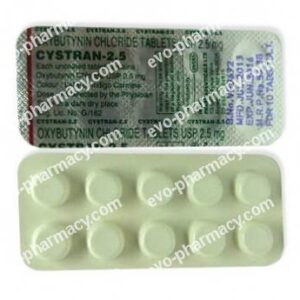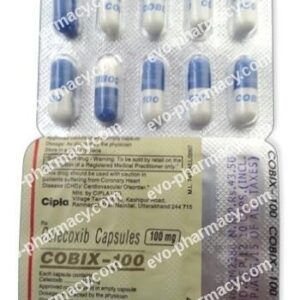Описание
Common use
Voltarol belongs to a class of non-steroidal anti-inflammatory drugs (NSAIDs). This medication is used to reduce inflammation and, as an analgesic, to reduce pain in conditions such as arthritis, gout, sprains, fractures, acute injury, dislocations, back pain, tendinitis and frozen shoulder. It can also be used to lessen menstrual pain, dysmenorrhea. Diclofenac blocks cyclo-oxygenase and hereby production of prostaglandins, which are substances responsible for pain, swelling and inflammation.
Dosage and direction
Take Voltarol by mouth with a glass of water, with or without food. Avoid cutting, crushing or chewing this medicine. Do not take the medicine more often than it is prescribed. Do not give up taking it except on the advice of your doctor. It may need time for the medicine to help.
Consult your doctor concerning proper dose for you.
Precautions
Before taking Voltarol tell your doctor or chemist if you are allergic to it; or if you have other allergies.
Voltarol, like other NSAIDs, can inhibit the excretion of sodium and lithium. Be cautious when using this drug along with lithium supplements.
Avoid drinking alcohol and smoking while being treated with this medication.
Aged people can be more sensitive to side effects of the medicine. This medication may affect your ability to high concentration of attention, cause dizziness and drowsiness. Be especially cautious if you need to drive or operate machinery. Voltarol may cause stomach and duodenum ulcerations. High doses of the medication and long treatment may increase the risk of heart diseases.
Inform your doctor if you have Parkinson’s disease, kidney or liver disease, high blood pressure; if you are pregnant or breast-feed.
Contraindications
Voltarol should not be used by patients with sodium-sensitive hypertension as well as by patients having demonstrated a reaction of hypersensitivity to it.
Side effects
The most common side effects are dry mouth, dizziness, irritability, sedation, insomnia, urinary retention, etc. A very serious allergic reaction rarely occurs. Many people using this medicine do not have serious side effects. Turn to your doctor or pharmacist for more details.
In case you notice the effects not listed here, contact your doctor or pharmacist.
Drug interaction
Tell your doctor or pharmacist of all prescription and nonprescription/herbal products you may use before using this medication.
Voltarol can interact with:
* NSAIDs of the salicylate family (Aspirin)
* anticoagulants.
Turn to your doctor or pharmacist for more details.
Missed dose
Take the missed dose as soon as you remember. If it is almost time of your next dose just skip the missed dose and return to your schedule. Do not double dose this medication to make up the missed dose.
Overdose
If you think you have used too much of this medicine seek emergency medical attention right away. The symptoms of overdose usually include chest pain, nausea, irregular heartbeat, and feeling light-headed or fainting.
Storage
Store at room temperature between 20-25 C (68-77 F). Store away from moisture, heat, and sunlight. It is not recommended to store in a bathroom and places available for children.
Disclaimer
We provide only general information about medications which does not cover all directions, possible drug integrations, or precautions. Information at the site cannot be used for self-treatment and self-diagnosis. Any specific instructions for a particular patient should be agreed with your health care adviser or doctor in charge of the case. We disclaim reliability of this information and mistakes it could contain. We are not responsible for any direct, indirect, special or other indirect damage as a result of any use of the information on this site and also for consequences of self-treatment.









